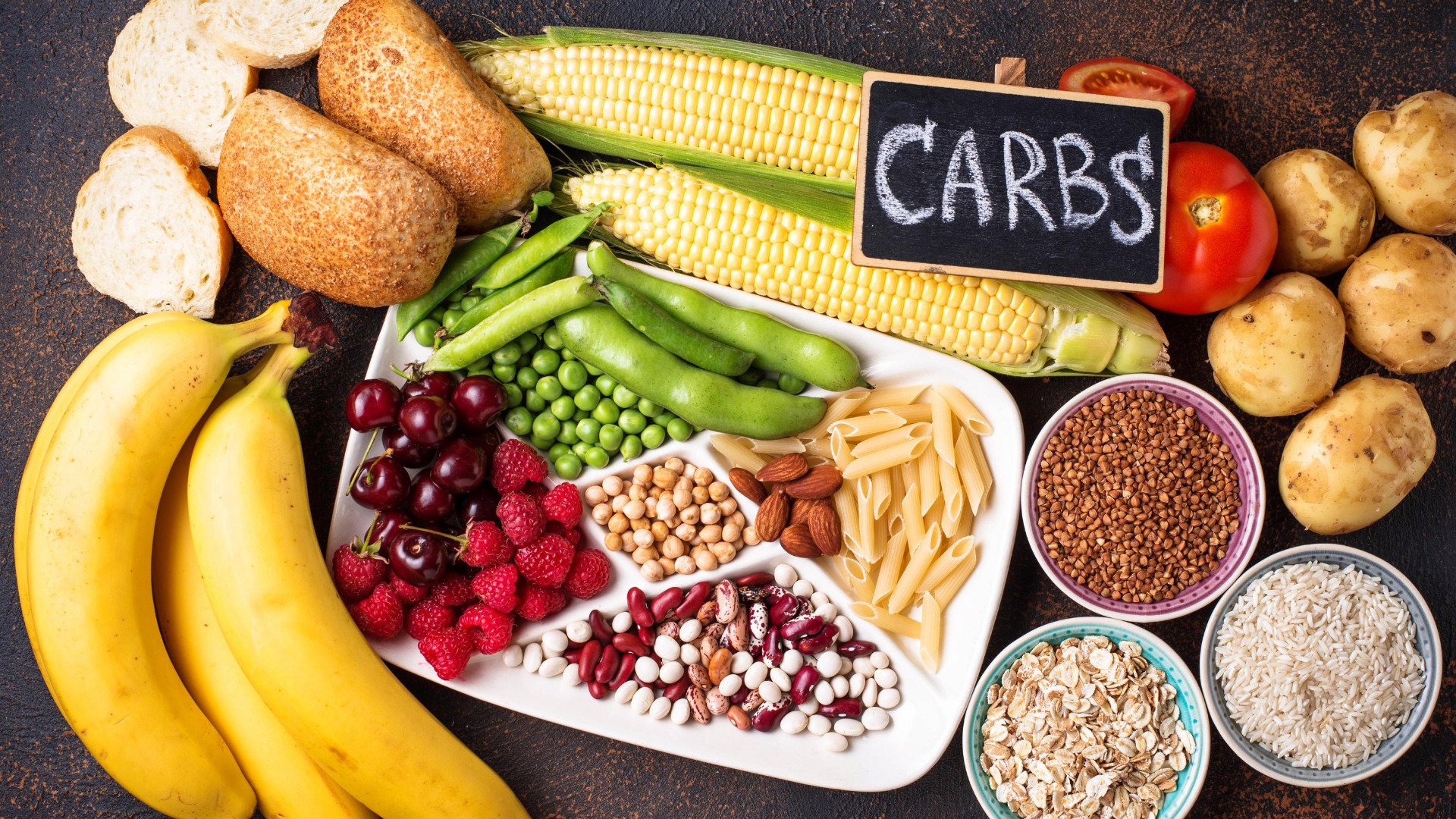Low carb diets restrict the consumption of carbohydrates. The difference between the Atkins and the South Beach diet is within the amount of restriction. The induction phase of the Atkins diet restricts most dieta uboga w węglowodany while the South Beach diet allows ‘good’ carbohydrate consumption. These diets can really put one’s will power to the test.
Why?The human body’s primary source of energy is glucose. Glucose is derived from the breakdown or hydrolysis of carbohydrates that are consumed. Limiting carbohydrate consumption forces the body to use fat or protein as an energy source. Decreased carbohydrate consumption may leave you feeling tired and easily fatigued until the body adjusts to the change.
The word carbohydrate arose because molecular formulas of these compounds can be expressed as hydrates of carbons which yield a basic carbohydrate empiric formula of (CH2O)n. Carbohydrates consist mainly of the combination of two chemistry functional groups: the carbonyl and the hydroxyl group. Carbohydrates exist in different forms such as monosaccharides, oligosaccharides, and polysaccharides.
oligosaccharides, and polysaccharides.
Monosaccharides are usually called simple sugars. These simple sugars cannot be broken down or hydrolyzed into a simpler form (glucose). A complex carbohydrate refers to one or more linked simple sugars that require digestion for absorption.
Oligosaccharides contain at least two monosaccharide units. Oligosaccharides may be referred to as disaccharides or trisaccharides depending on how many units of monosaccharides the compound contains. Maltose and sucrose (table sugar) are considered disaccharides.
Polysaccharides contain many monosaccharide units. In order for the body to use polysaccharides, these compounds must be broken down into a simpler monosaccharide form. Examples of polysaccharides are starch and cellulose (fiber).
Alpha-amylase briefly acts on dietary carbohydrates in the mouth to hydrolyze starch into simple sugars such as glucose. In fact, if you chew on a carbohydrate long enough you may taste sugar. This is a result of salivary amylase hydrolyzing the carbohydrate into a simpler sugar.
Mastication increases the surface area of the food for alpha-amylase to act upon. This allows the enzyme alpha-amylase to work more efficiently in carbohydrate digestion. However, the food does not remain in the mouth for a long time so only a small portion of starch is hydrolyzed there.
Once the chewed food has been swallowed into the stomach, carbohydrate digestion halts temporarily. This occurs because alpha-amylase is inactivated by the high acidic environment of the stomach. However, carbohydrate digestion will resume once the chyme (food mass and gastric juices of the stomach) enters the small intestine.
The acidic contents emptied into the small intestine are neutralized by bicarbonate secreted by the pancreas. The pancreas will then secrete alpha-amylase to continue carbohydrate digestion. Carbohydrate digestion is finished when the mucosal lining of the upper jejunum and duodenum absorb the bulk of the dietary sugars in the form of monosaccharides.
Now that we have a good understanding of what a carbohydrate is and the importance of the carbohydrate in the body, maybe an extreme low carb diet isn’t the answer for weight loss. Extreme diets whether they are low carb or high protein can put the body to the test.
